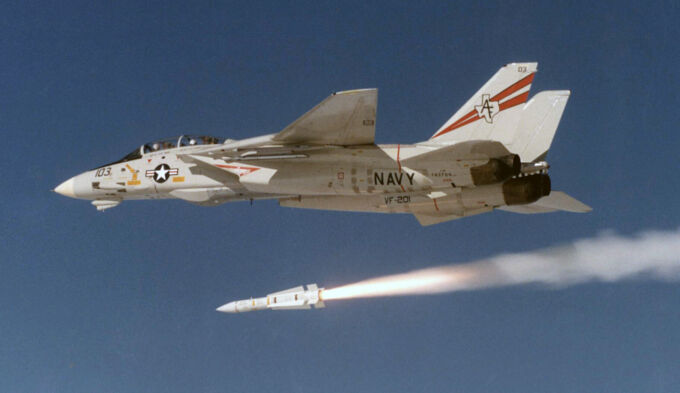Rockets & Missiles
The Ruhrstahl X-4 missile was a World War 2, German-designed air-to-air missile, the first air-to-air missile of its kind to be produced. It is the earliest air-to-air missile that is available in War Thunder, and is available on the tech tree Fw 190 F-8. Let us dive into the interesting history of the missile, and later talk about how to use this unique missile!
Many helicopters in our game can use laser-guided anti-tank missiles that fly to the target along a lofting trajectory. The most famous such ATGMs are the American Hellfire missiles. Today we’d like to tell you how to maximize their potential and negate their disadvantages.
The AGM-12B, also known as the ASM-N-7A or more recognizably the Bullpup, was the world's first mass-produced precision guided Air-to-Ground munition. A fairly large warhead size and its MCLOS guidance give many U.S. vehicles the tools to engage SPAAs at range, at a BR where proximity fused shells and surface-to-air missiles start becoming increasingly lethal to aviation. While they may not be as advanced as Walleyes and Mavericks, which are autonomously guided, a good pilot can easily match them in accuracy with precise manual guidance against even the fastest moving targets.
The iconic F-14 Tomcat made its mark in naval aviation for its cultural significance and popularity. However, the defining weapon that sets the Tomcat apart from its peers is the long-range AIM-54 Phoenix missile. This weapon, intended to strike Soviet bombers from a long distance before they could fire deadly anti-ship cruise missiles, allowed the F-14 to perform its "Fleet Defense" role. Thus we will dive into the development behind this fascinating missile, the improvements it had, and how it would not be America writing the tomes on the AIM-54's combat usage, but instead Iran.
The Fireflash is the first attempt the United Kingdom made at a guided air-to-air missile. Designed in 1949, it entered service in 1957 where it only remained for a year. Found on the British Swift F.7, it is the only beam-riding (SACLOS) AAM in-game, meaning it goes where your airplane's nose is pointing.
The AS-20 Nord is a French guided Air-to-Surface missile, roughly analogous to the U.S. AGM-12 Bullpup in that both are early MCLOS missiles that you use your Alt + WASD keys to control on PC. Used to give aircraft like the G.91 their long-ranged 'teeth' but also giving them their notoriety as well, let’s dive into the intricacies of Nords and how to use them effectively!
The Spike-LR II (Long Range 2) is an advanced anti-tank guided missile (ATGM) that is part of the Spike family. Found on many IFVs, it is capable of engaging both non-line-of-sight and beyond-line-of-sight targets. Additionally, it can function as a surface-to-air missile (SAM), being particularly effective against helicopters and low-flying aircraft.







